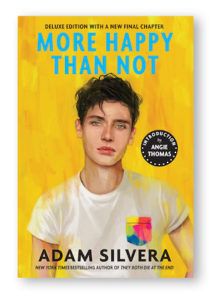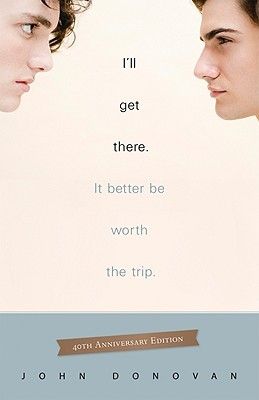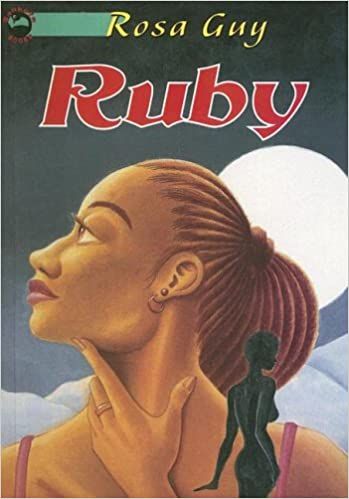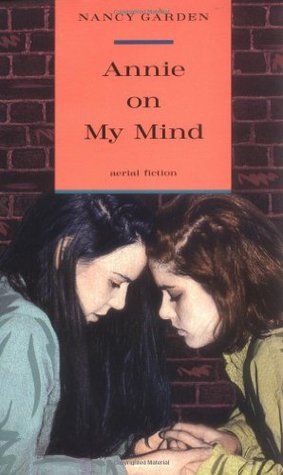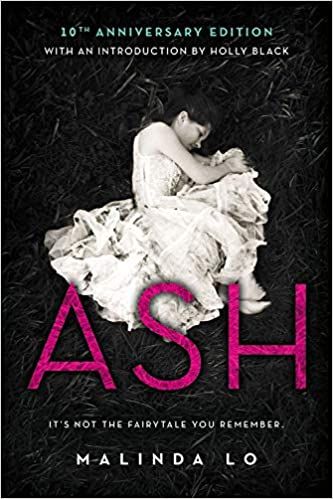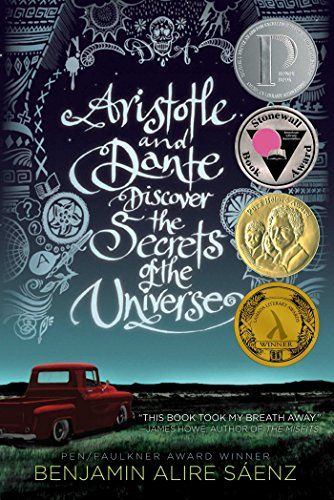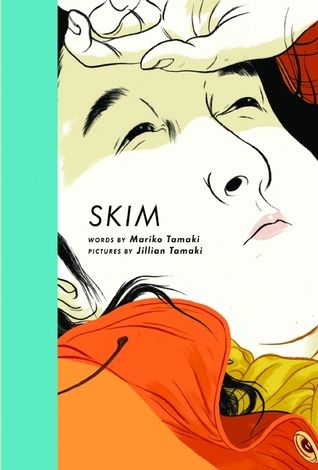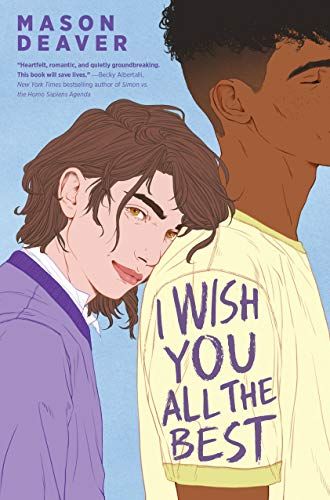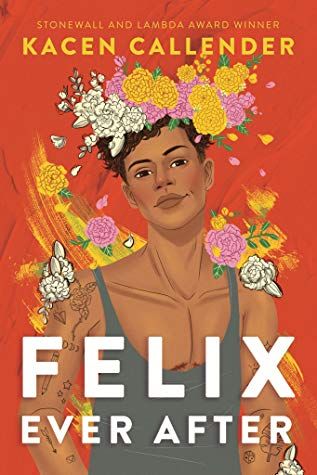Adam Silvera’s New York Times bestselling debut is BACK(!) in a new Deluxe Edition featuring an introduction from New York Times bestseller Angie Thomas, a new final chapter that gives readers even more of Aaron Soto’s unforgettable story, and an afterword. In this twisty, deeply moving debut, Bronx teen Aaron Soto’s life takes an unexpected turn when he falls for the new guy in the neighborhood, Thomas. Since Aaron can’t stay away from Thomas or turn off his newfound happiness, he considers undergoing a revolutionary memory-altering procedure to straighten himself out, even if it means forgetting who he truly is. In recent years, there has been a lot of movement for queer YA narratives in publishing. Queer women are still in a bit of a deficit compared to men, and it’s only recently that nonbinary and gender-nonconforming people are front and center in the young adult world. Malinda Lo has a great piece on the struggles of F/F versus M/M as a reader and a writer, with the most recent statistics about representation of queer women specifically in YA fiction. In addition, LGBTQ+ fiction in the young adult world is still largely focused on the cis girls and boys. Although it feels like large strides have been made in the world of queer young adult fiction, it is still an incredibly small sector of the publishing world writ large. There are still book burnings and bannings and general no-fun types screaming at teens exploring their sexualities. I believe classics are recognized as “classics” more quickly in the queer YA fiction world because they speak to specific experiences of young queer people more explicitly and truthfully than anything that only approaches queerness through subtext. At the same time, language around queer identity is changing constantly (for example, some people might be very angry with me for using the word “queer” casually in this piece). The latest books are more likely to speak to the teens consuming them. This list of classics is far from conclusive, but I tried to pull from historical queer novels as well as recent ones that have made a big splash. “Instant classic” can be an overused term, but I think it can be especially relevant in queer literature. There are so many books that have come out in the past 20 or 30 years that speak to a queer experience that had yet to be represented. Here’s to hoping the young adult queer canon continues to grow with more and more classics.
From Then to Now
Ever-Changing and Evergreen
The canon of queer young adult fiction can and should update constantly. My particular list of the moment may not reflect yours, and I might choose to add many more books in a month or two. Canons should be expansive and reflect many different life experiences, especially if a “canon” is supposed to be a starting point for an entrance into a certain kind of literature. CW: suicide, depression Queer young adult fiction is a consistent topic here at Book Riot, so there will always be entrance points and recommendations.
